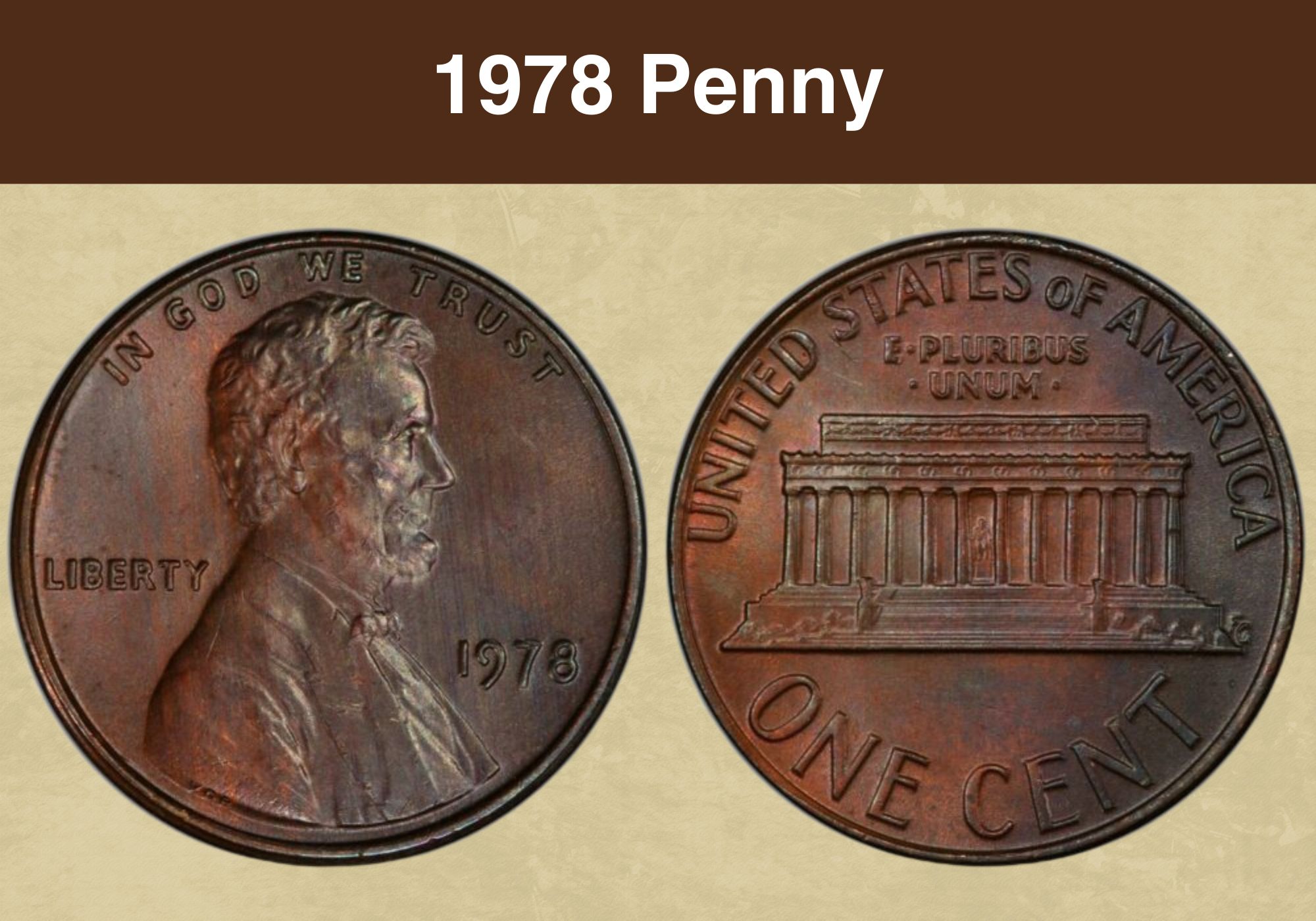
Coin Value Contents Table
The 1978 Penny is a Lincoln Memorial Penny. And it’s among the last sets of bronze pennies before the 1c coin was changed to copper-plated zinc in 1982. While most of these coins seem to be from Philadelphia, almost 2M circulating coins were made in San Francisco and West Point without mint marks. Let’s learn more of the history as we verify the 1978 Penny Value.
1978 Penny Value Chart |
||||||
| Coin | MS 63 | MS 64 | MS 65 | MS 67 | MS 68 | PR/PF 70 DCAM |
| 1978 No Mint Mark Penny | $4 | $12 | $24 | $250 | $7,750 | – |
| 1978-D Penny | $10 | $14 | $24 | $325 | – | – |
| 1978-S Proof Penny | – | – | – | – | – | $2,850 |
History of the 1978 Penny
The Lincoln Cent aka the Lincoln Penny first showed up in 1909. And when it did, the coin marked a series of firsts. It was the original American President coin since previous US currency featured symbolic images of Lady Liberty. This was a conscious choice prompted by George Washington and Benjamin Franklin’s shared aversion to the monarchy on coinage.
Technically, these two Founding Fathers weren’t royalty, but as they shed the rule of kings and queens for democratically elected leaders, they opted out of other colonial practices as well. Still, as the adage goes, the minority will have their say but the majority will have their way. So 200 years after their respective deaths, both were overruled and placed on US coins.
But Abraham Lincoln preceded them when he became the first US President on a circulating coin. It was part of Theodore Roosevelt’s coin beautification project, and it was also the first time an external artist (i.e. not an in-house mint engraver) worked on a coin design. And it was the first time In God We Trust was used on a penny. It was already on the bigger coins.
Big Copper and Small Pennies
Usually, business strikes aka regular strikes – which are coins meant for everyday use – were made in Denver and Philadelphia. And typically, the Philadelphia coins had no mint marks because it was the original branch of the mint, so the letters represented newer branches. In 1975, the San Francisco Mint switched exclusively to proof coins and collectibles for quality.
But in 1978, some business strikes were quietly produced in West Point and San Francisco in addition to the San Francisco Proofs. Since these coins have no mint marks, everyone thinks they’re Philly coins, but the US Mint has records showing their origin. This system was repeated in 1979 and 1980 for the San Francisco coins. West Point went unmarked from 1974 to 1986.
Since its introduction in 1792, the penny was the mint’s most profitable coin because it was so cheap to make. But periodical price hikes led to changes like shrinking coin size in 1856. The copper content of the penny was also reduced in 1856, increased in 1909 with the onset of the Lincoln Penny, then crushed to just 2.5% in 1982, all due to rising copper spot prices.
Also read: 12 Most Valuable Lincoln Penny Worth Money
Features of the 1978 Penny
What’s the best way to describe the features of a coin? Well, start with the technical terms. The heads side is the obverse, the tails is the reverse, the thin side is the edge, the raised border is the rim or collar, and the background is the field. As for the designs, the image or portrait is the device and the words are mottos or legends. Coin blanks are called planchets.
The Obverse of the 1978 Penny
It shows Abraham Lincoln, the 16th President of the United States. He’s facing right, with Liberty behind him, and In God We Trust above him. On the right, in front of his chest, is the mint date and mint mark. On his shoulder cut-off is VDB for designer Victor David Brenner.
The Reverse of the 1978 Penny
It shows the Lincoln Memorial Building, complete with the statue peeking through the two middle columns. On the right corner of the steps is FG for designer Frank Gasparro. The top of the coin says United States of America and E Pluribus Unum. The bottom says One Cent.
Other Features of the 1978 Penny
In 1978, the Lincoln Memorial Penny was 95% copper and 5% zinc or tin, sometimes a mix of both. This coin weighed 3.11g. It measured 19.05mm across (0.75”) and had a smooth or plain edge without reeds. Today (2023) it costs the mint almost 3c to produce a single penny.
Also read: 13 Most Valuable Wheat Penny Worth Money
1978 Penny Grading
Currently, the US has six circulating coins although the $1 coin is rarely used in the wild. The penny is the only copper-colored one, so in addition to the usual Sheldon Scale grades i.e. Poor to Uncirculated or Mint State, these coins have three color ratings. They’re RD for red, which is the highest, followed by RB for reddish-brown, and the lowest BN or BRN for brown.
| # | Grade |
|---|---|
| 1 | Basal State-1 |
| 2 | Fair |
| 3 | Very Fair |
| 4, 5, 6 | Good |
| 7, 8, 10 | Very Good |
| 12, 15 | Fine |
| 20, 30 | Very Fine |
| 40 | Extremely Fine |
| 50 | About Uncirculated |
| 60 | Mint State |
| 65 | Mint State |
| 70 | Mint State |
Please check our grading guides to know your coin scale, It’s the necessary step to know the exact value of your coin.
Check out now: How to Grade Lincoln Wheat Penny?
1978 Penny Value Guides
As we mentioned earlier, the bulk of 1978 Pennies had no mint marks. But these unmarked 1c coins were spread between three mint branches – Philadelphia, San Francisco, and West Point. Their joint population means the price of these coins is relatively lower than Denver.
1978 No Mint Mark Penny Value
The total of no-mint-mark pennies produced in 1978 is 5,558,605,000 so they’re not worth much. In May 2004, a 1978 MS 62 BN sold for $661 while an MS 63 RB was merely $135 during a March 2018 eBay sale. But in the red space, an MS 67+ RD sold for $4,259 in 2014.
Eight samples have shown up over the years so it’s only worth $360 in August 2023. A recent sale in June 2019 moved the coin for $276 while two years earlier, it sold for $660. But since there’s only one known coin that’s graded MS 68 RD, it’s estimated at $7,750 in August 2023.
1978-D Penny Value
In 1978, the Denver Mint made 4,280,233,400 Pennies and they all had the D Mint Mark. An eBay vendor sold an MS 66 BN for $100 in July 2021 and an MS 67 RB was $205 in a 2020 eBay sale. Meanwhile, an MS 67 RD was $546 in 2008. An MS 67+ RD is now $1,700.
1978-S Proof Penny Value
Proof pennies are specially struck to exemplify the ideal coin. A few go to the archives for record-keeping while the rest are sold to collectors at a premium. They come in three styles – matte proof, reverse proof, and mirror-like proof. The last type is the most common, and it’s the strike that was used on the 1978 Penny, so it has that mirror-like field and frosted device.
The coin’s extra shine is achieved by burnishing the blank before striking and polishing the die with a horsehair brush. The blank is burnished by tumbling it in a vat filled with 6mm stainless steel beads. As for the frosted device and text, parts of the die are pickled in acid to create that textured finish. On newer coins, a computerized laser produces this hazy effect.
On old coins, the acid wash fades slightly whenever the die hits a new blank. So the earliest coins have a stronger field-device contrast, meaning they’re graded Deep Cameo or DCAM, aka Ultra Cameo by NGC. This usually covers the first 50 to 100 coins. The next set of coins comes out Cameo and the majority are standard-quality proofs graded red, brown, or both.
In 1978, the San Francisco Mint made 3,127,781 Proof Pennies with the S Mint Mark. Since they were laser-frosted, most of the coins are graded DCAM, dropping prices significantly. In June 2008, a PR 70 DCAM sold for $4,313. But PCGS has seen over 50 so their value is $2,850. But with over 5,000 graded PR 69 DCAM, they’re only worth $14 now.
Also read: 17 Most Valuable Indian Head Penny Worth Money
Rare 1978 Penny Errors List
Coin errors can make a coin much more valuable, and the most common ones include hub doubling, wrong planchets, and clips. About 20 to 25 top errors are listed in the books, and the most expensive ones are First Strike or FS errors that get spotted within 30 days of a coin launch or original release date. Let’s look through the pricing of some top 1978 Penny Errors.
1978 Penny Doubled Die Obverse
Hub doubling is when a die moves between hub strikes, forcing the second imprint onto a slightly different spot. It can be on the heads side (DDO) or the tails side (DDR). You can also get hub tripling or hub quadrupling. In all these cases, the error is transferred to all the coins made by that die so it becomes a variety. A 1978 Penny MS 65 DDO is only worth $20.
1978 Penny Struck on a Dime – Double Denomination
We mentioned earlier that coins are struck on blank discs called planchets. These are fed between the dies to get stamped. But sometimes, a coin that’s already complete slips back into the press and ends up with the design details of two different denominations. In this case, it’s a penny and a dime (10c). In 2006, an MS 64 Double Denomination sold for $1,035.
1978 Penny Struck 10% Off-Center with 15% Straight End Clip
Planchets come in the form of a coiled sheet before they’re flattened and punched into discs by the blanking machine. The leftover metal is full of holes and it’s sent for recycling. But a coin is sometimes struck on that remnant so it ends up with clips where the holes used to be. That plus a misalignment on this penny led to a dual error that sold for $430 in MS 64 BN.
1978 Penny Struck 45% Off-Center
For a coin to be accurately struck, it has to sit dead center between the dies. But the pace of the press is hundreds of coins per minute, so sometimes the blank isn’t in the ideal position. This causes off-center errors, leaving part of the coin’s surface empty. A 45% off-center 1978 MS 63 BN sold for $105. And a 70% off-center 1978-D Penny graded MS 64 RB sold for $175.
1978-D Penny Double Struck 80% Off-Center
Still on the subject of positioning, a coin is sometimes restruck on its way out of the press. So it ends up with overlapping designs. It may even get a deformed shape. In this case, the extra imprint was 80% off-center so there’s an additional Liberty on the front and the back has its denomination distorted. Graded as Uncirculated Details RB due to damage, it sold for $170.
1978-D Penny Repunched Mint Mark
On early coins, the mint mark was the last detail added to the die, and it was placed by hand using a manual puncheon. So you might get a repunched mint mark or RPM if the staffer had a wobbly hand, and you’ll see traces of the earlier mint mark underneath. It may sit sideways or overlap itself, but it could also look slightly thicker than usual. In MS 65, it’s worth $30.
1978-D Penny Cud Die Break
When a die is first made, it produces coins that have clear lines and crisp details. But as the dies get older, they start to crack and/or chip, allowing the excess metal to flow into the crevices on the coin blank. These are called cud breaks or die breaks, and they appear as bits of coin scooped out of the finished product. In MS 63 RB, Heritage sold this coin for $160 in 2021.
1978-D Penny 40% Brockage Obverse
Feeder fingers push blanks between the dies in a sort of conveyor belt system. But a blank might get stuck on the die, blocking the next coin above or below it. That’s called a die cap error, and the blocked coin is called a brockage error. The obstruction often mars the design on both coins. Here, the die cap covered 40% of the coin below. In MS 62 RD, it was $125.
1978 Penny Struck Through Capped Die
We’ve looked at one example of the coin under the die cap aka the brockage. Here’s another example. In this case, the coin got a blurry version of the obverse design with faint traces of the reverse. In MS 65 RD, it’s worth $65. For reference, the capped die coin was probably a mirrored penny, meaning it had an inverse image of the obverse on both sides and no tails.
Also read: 11 Most Valuable Wheat Penny Errors
Where to Sell Your 1978 penny ?
Now that you know the value of your coins, do you know where to sell those coins online easily? Don’t worry, I’ve compiled a list of these sites, including their introduction, pros, and cons.
Check out now: Best Places To Sell Coins Online (Pros & Cons)
1978 Penny FAQ
What is a 1978-D Penny?
This is a penny struck in 1978 at the Denver Mint. For reference, 1978-S Pennies are from San Francisco while 1978 No-Mint-Mark Pennies were coined in Philadelphia, West Point, and San Francisco. That year, the mint made 4,280,233,400 D-Pennies. D is for Denver.

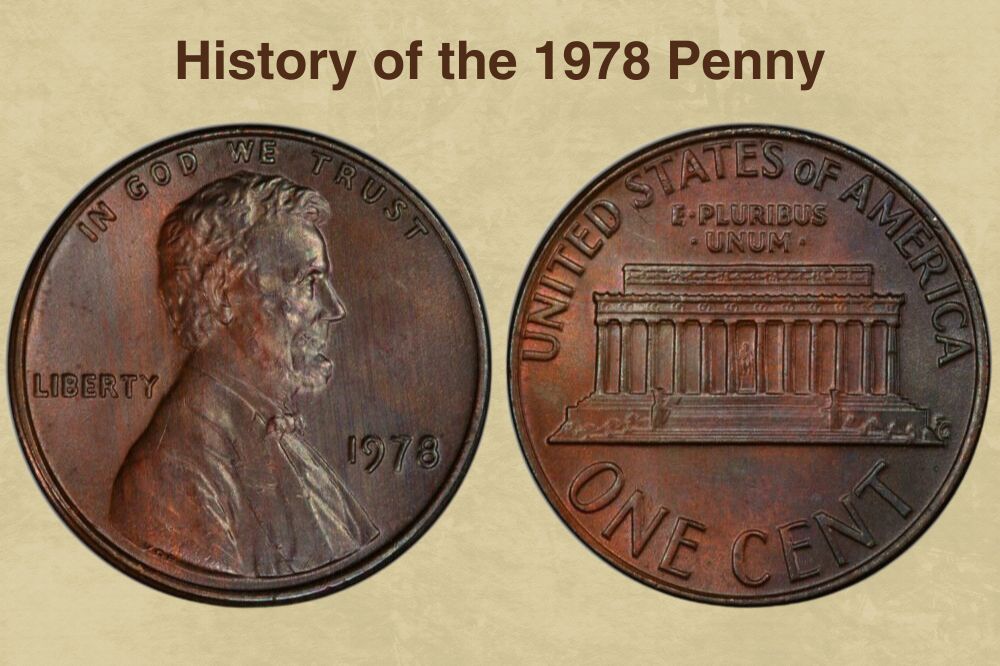
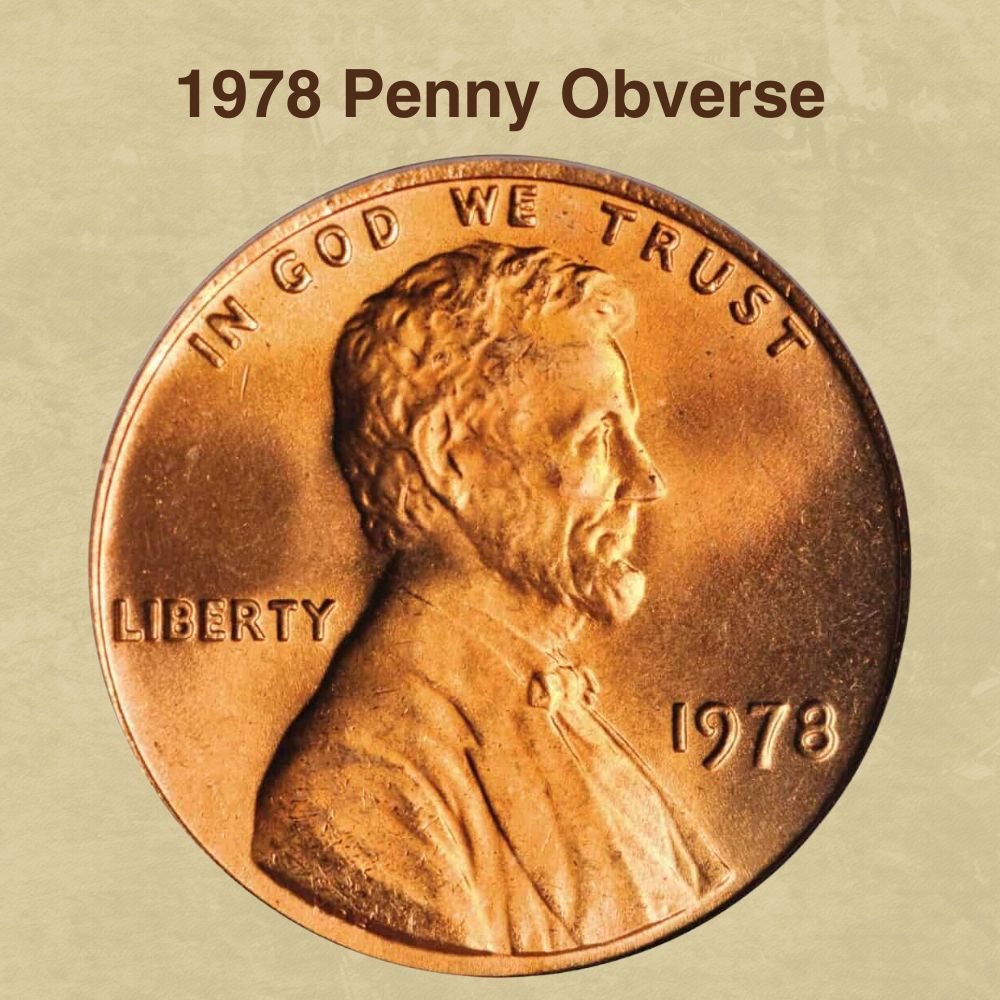
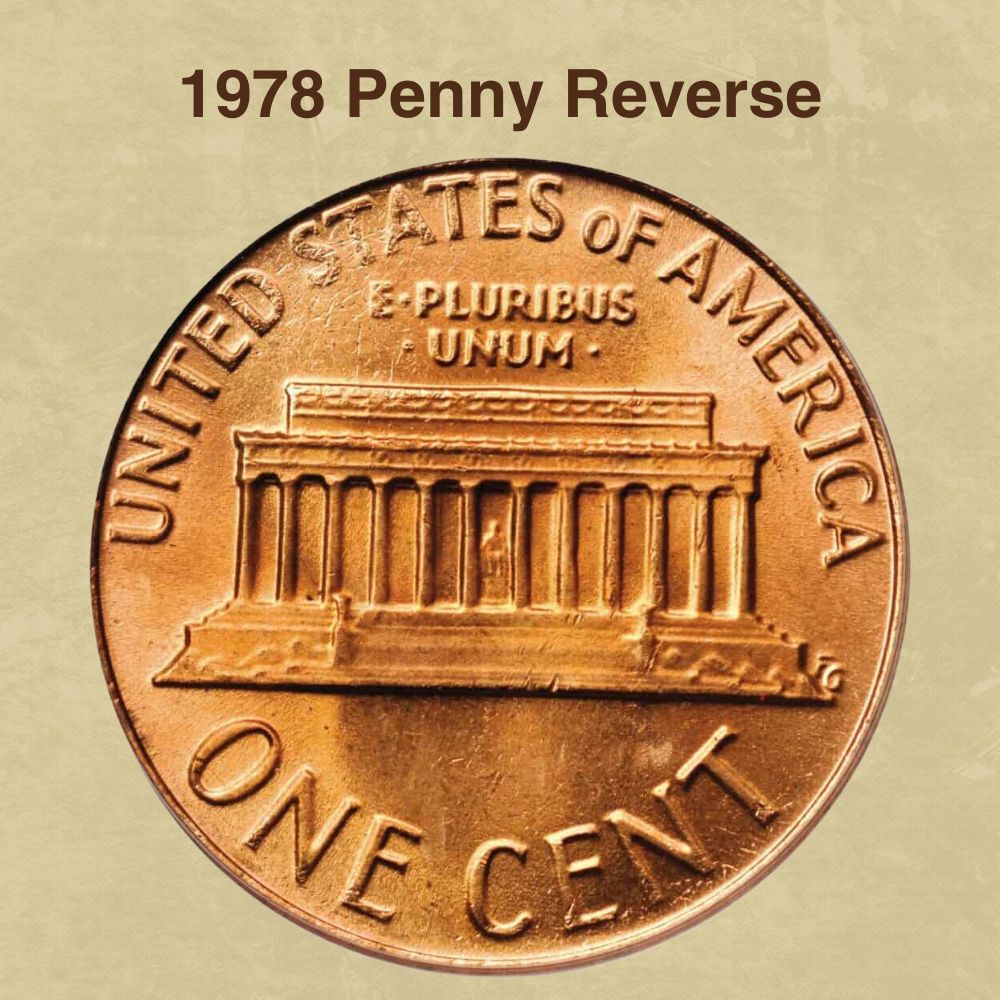
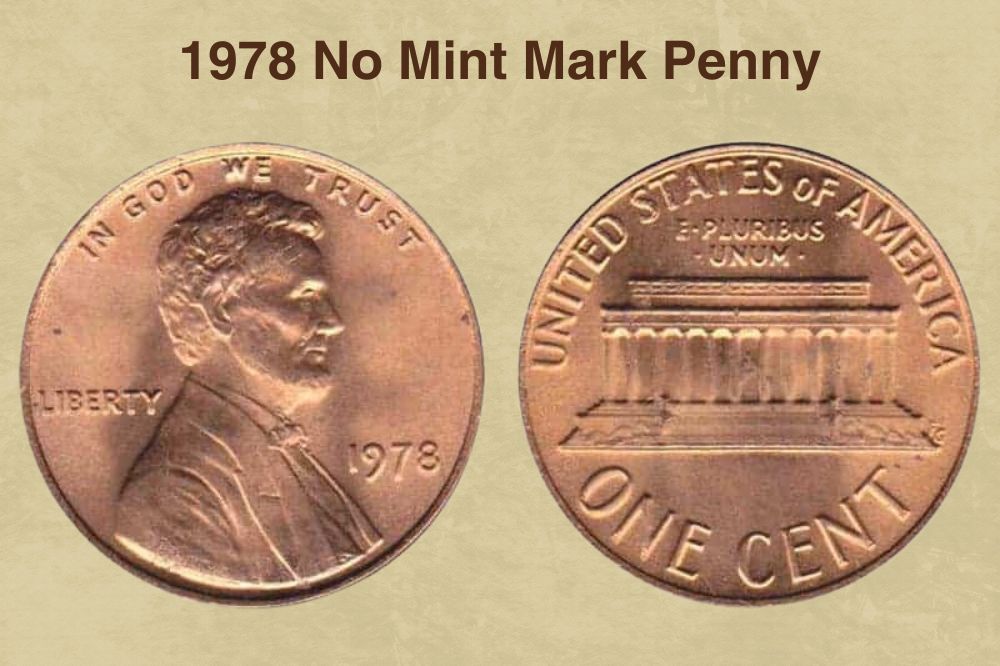
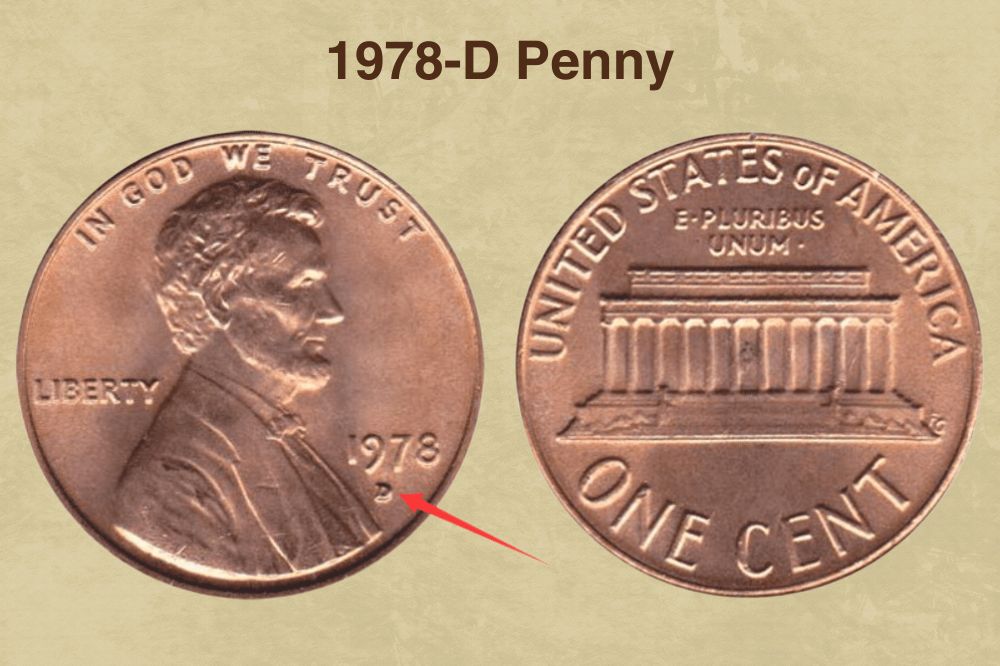
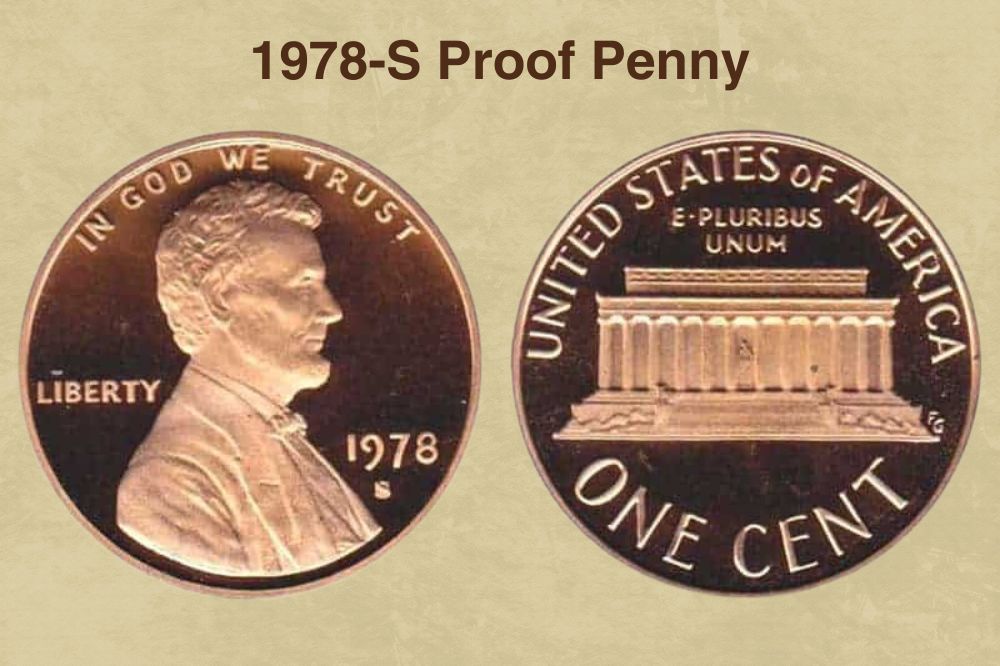
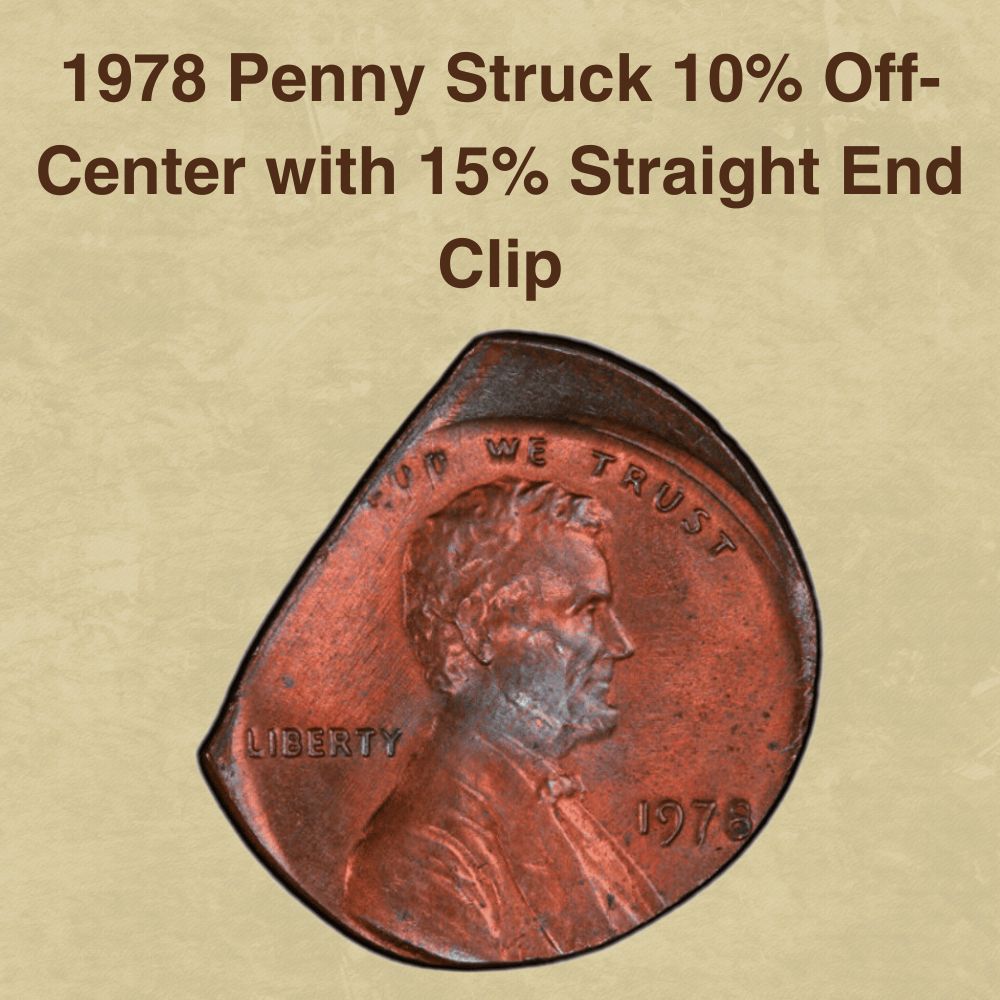
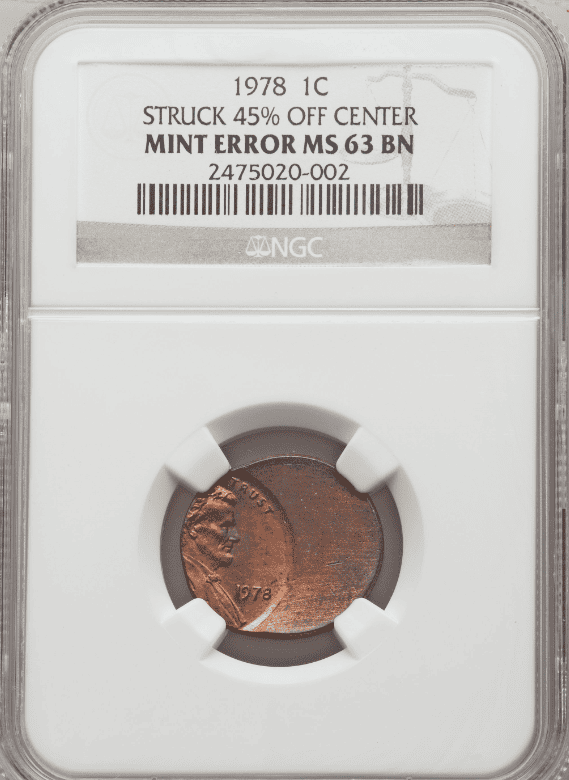
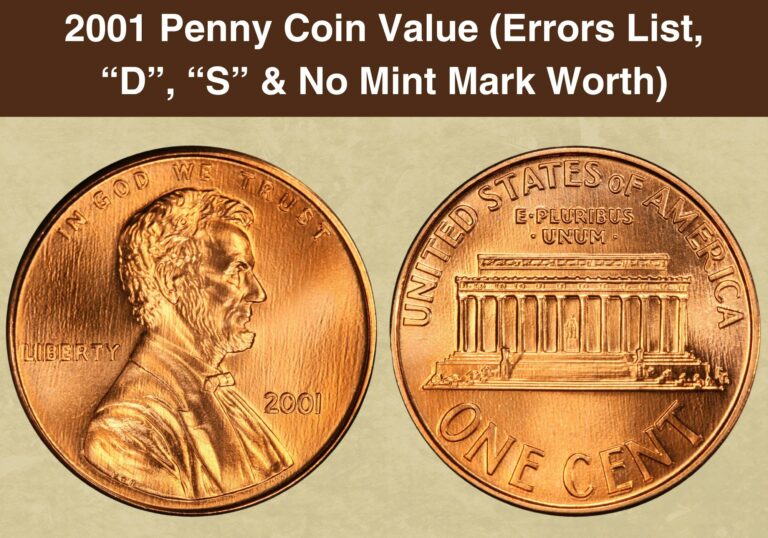
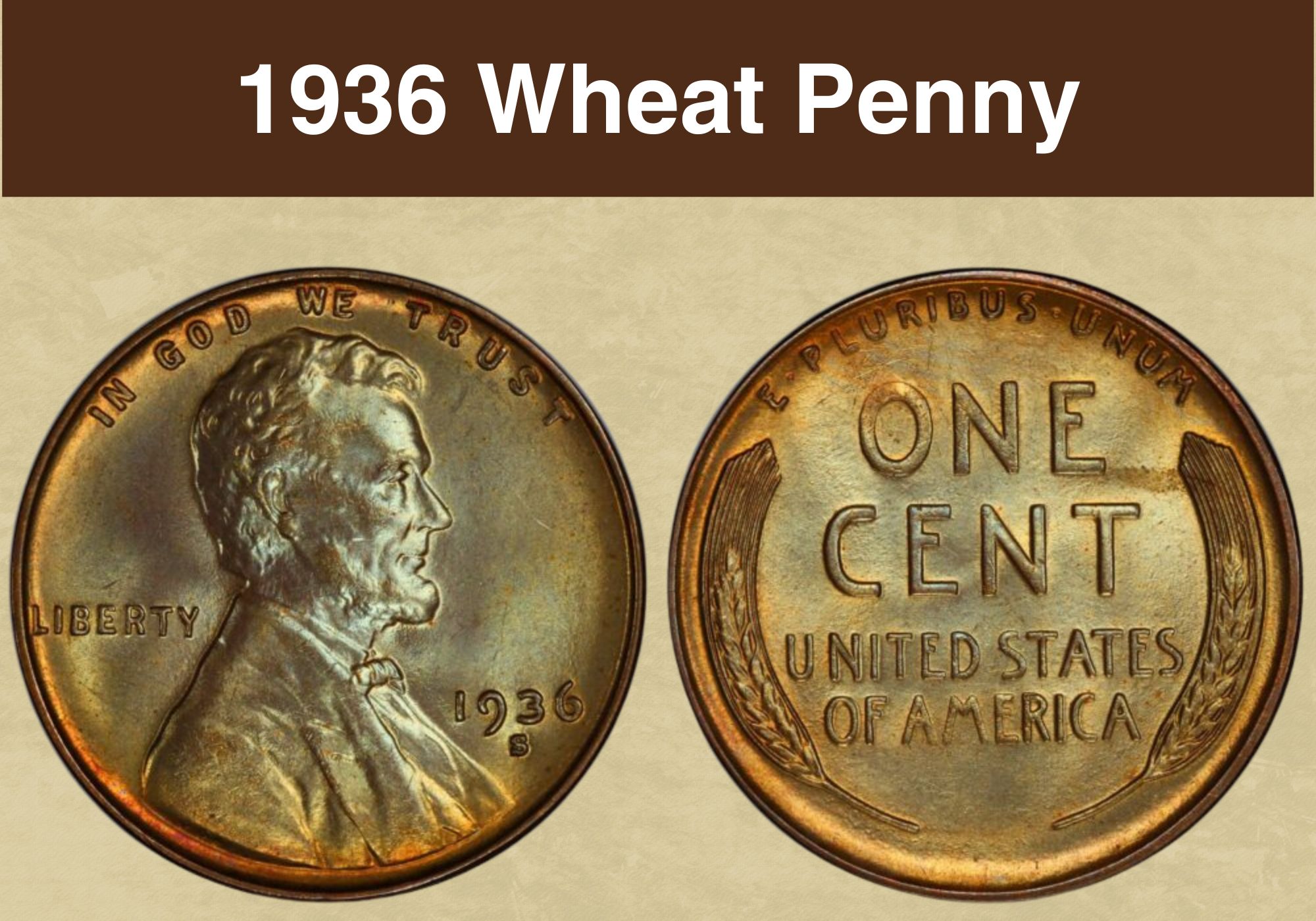
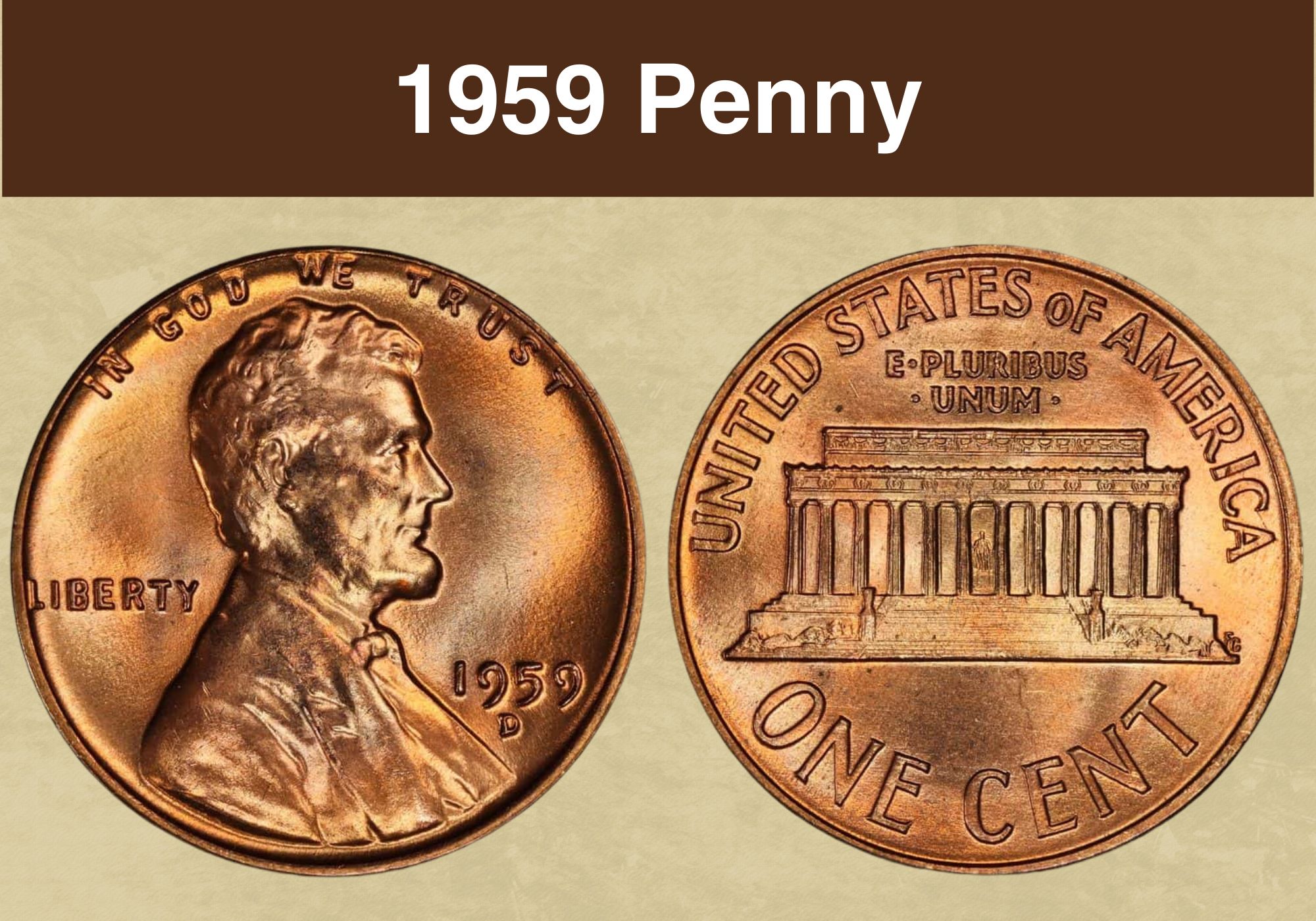
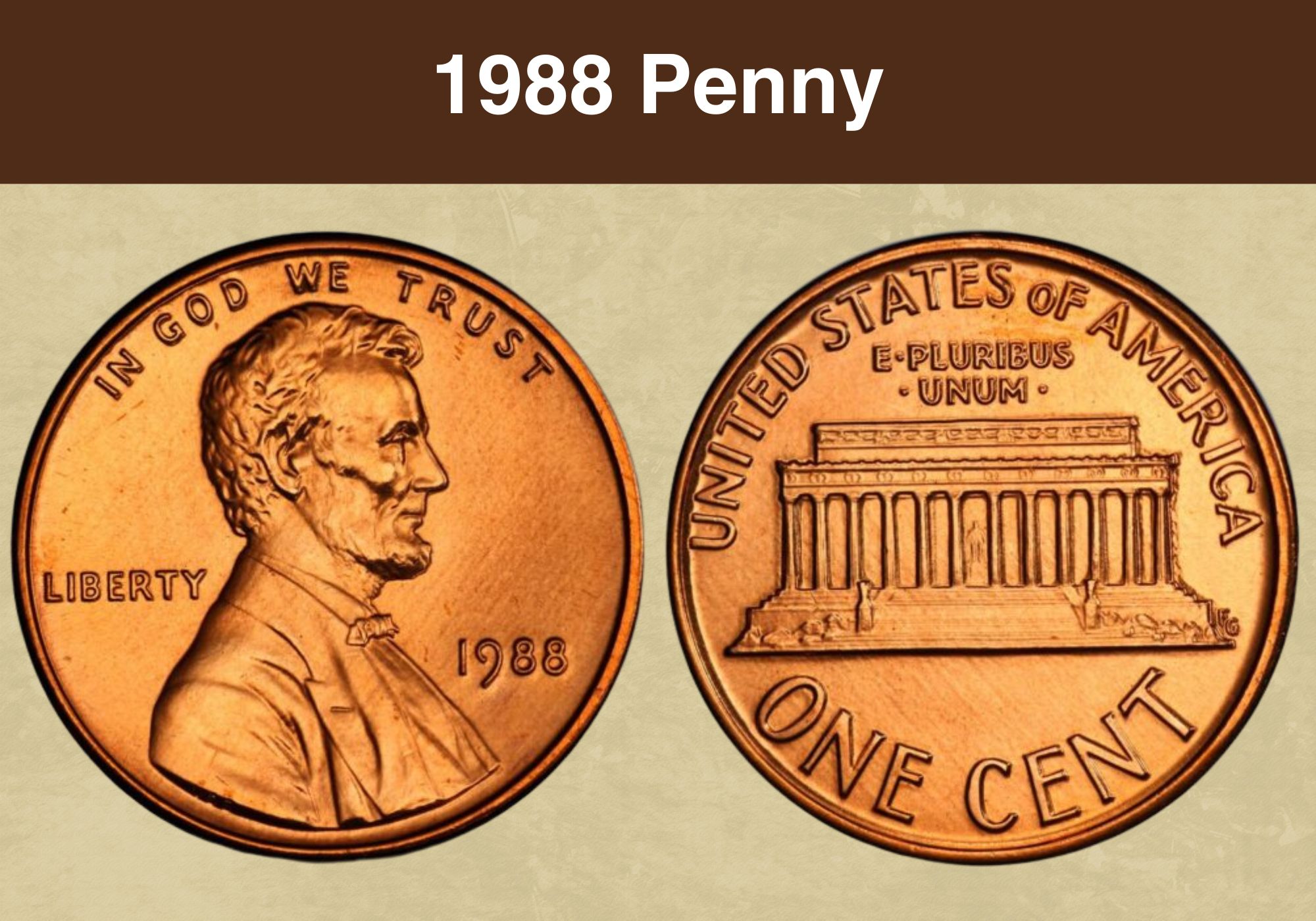
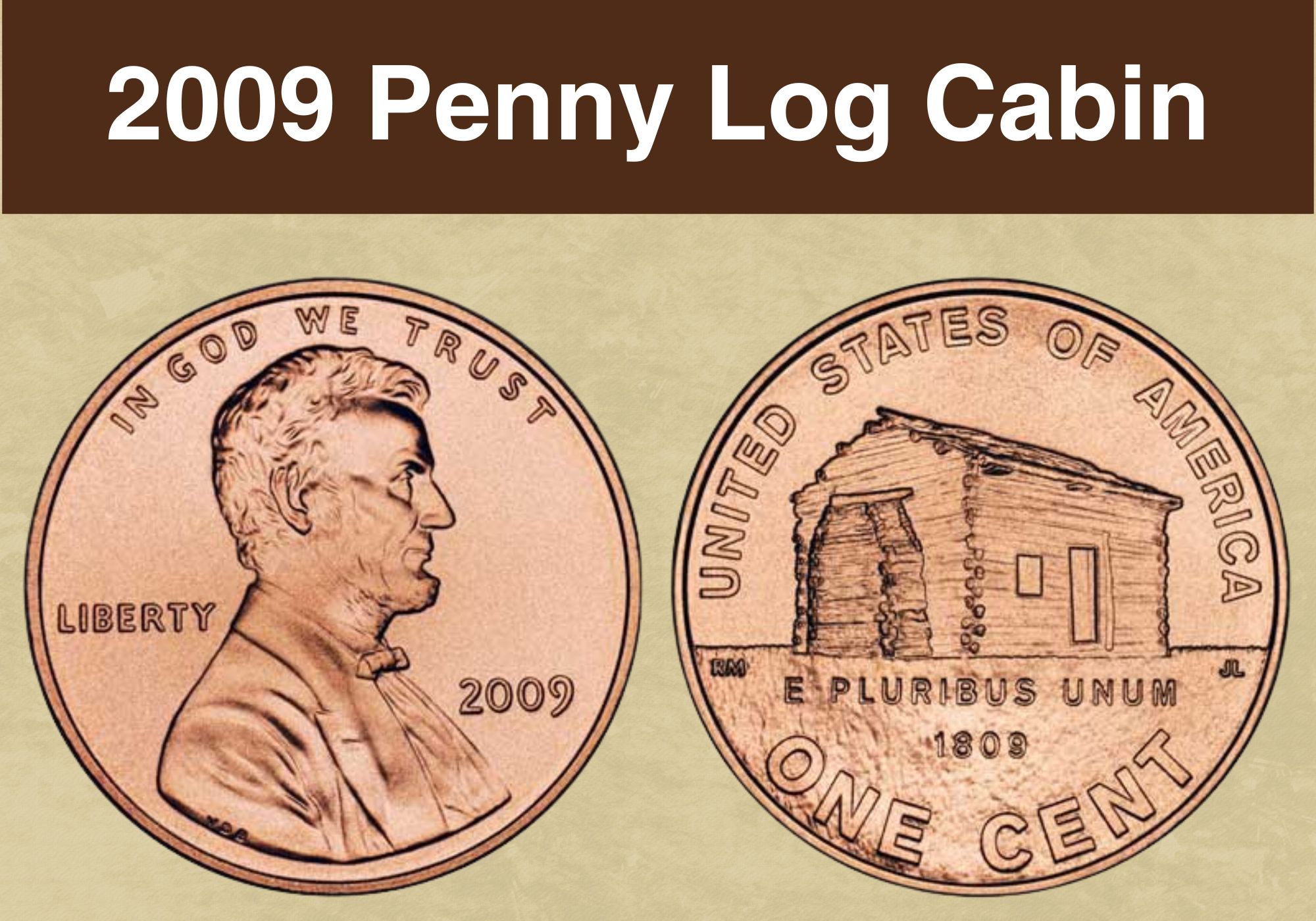
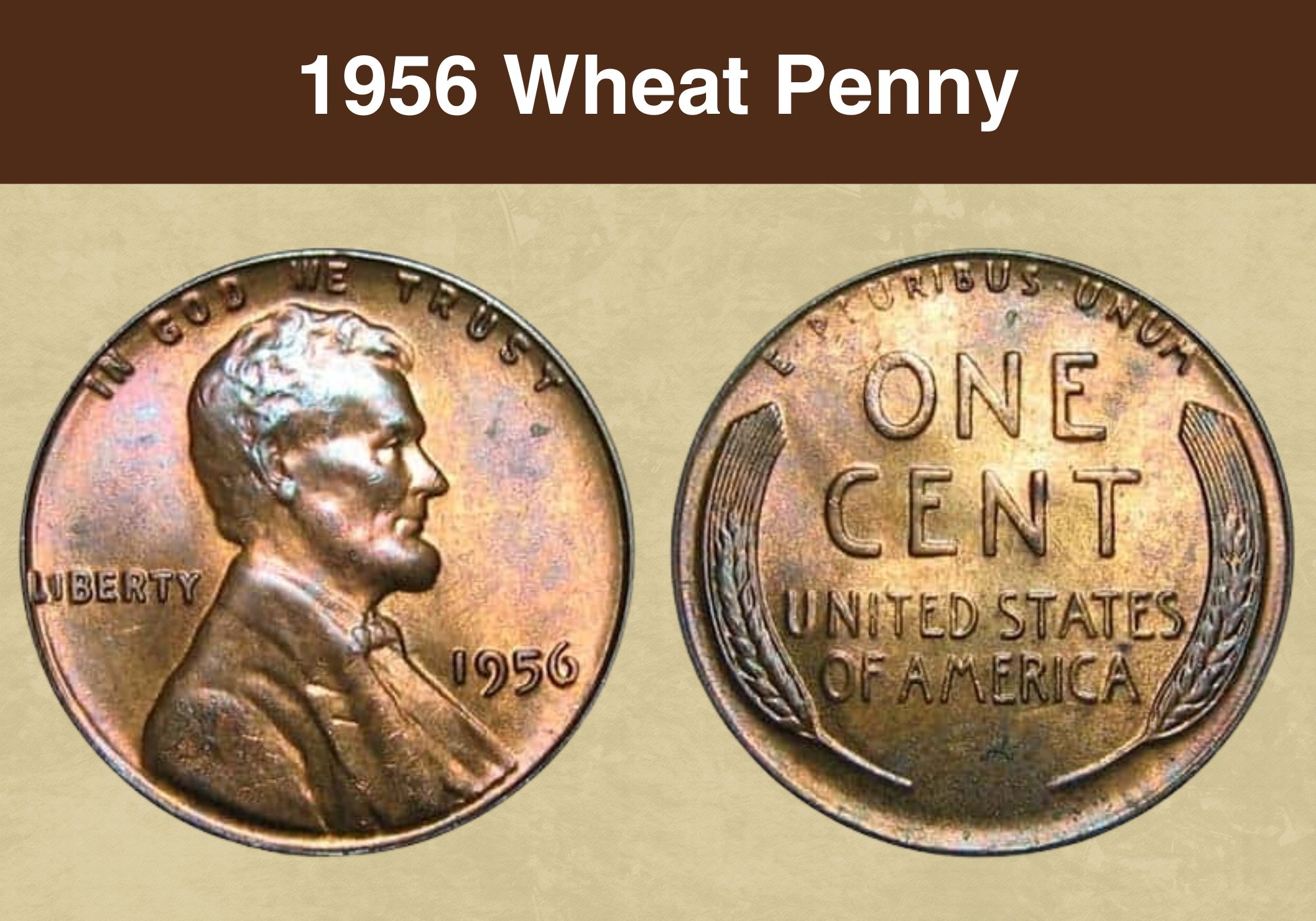
I have a space error on a 1978 d penny
Me too! Lol
I have a 1978D gold plated penny silver based it’s got an imperfection on it
Can you tell me why my 1978 cent
Weights 3.25? I know it’s supposed to weigh 3.11 i have exausted myself weighing others and asking about it as i can’t find another one?
And no one can seem to give me an answer??????
I have a 1978 Gold plated “D” Penney that is is supposed to be an error penney. It is in a cardboard square. Is it worth having checked out for value? Or just an interesting item?
Thanks for answering.
I found a 1978 penny that is struck very lightly on the heads side and there is nothing on the tails side. It’s perfectly round and weighs 2.86 grams. What happened?